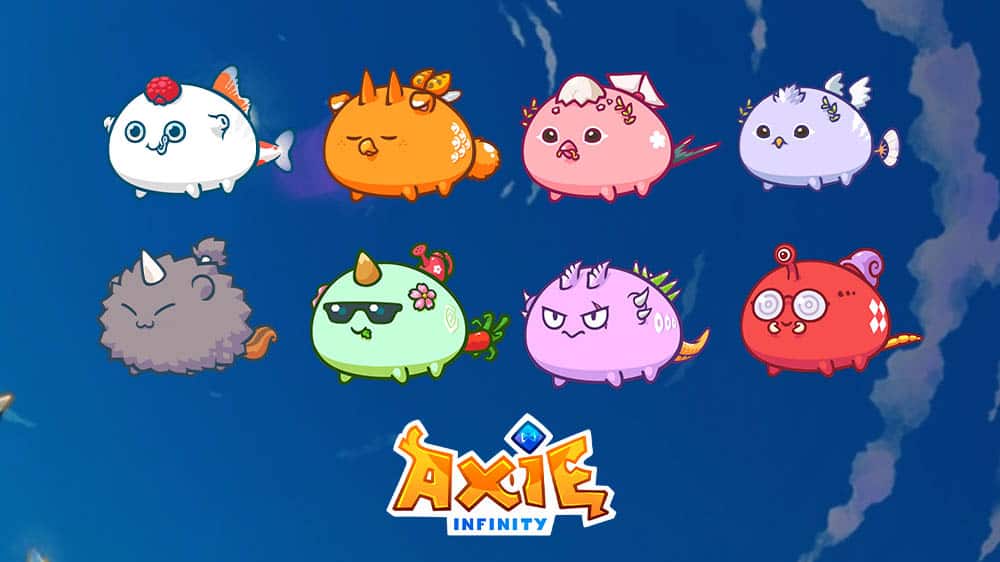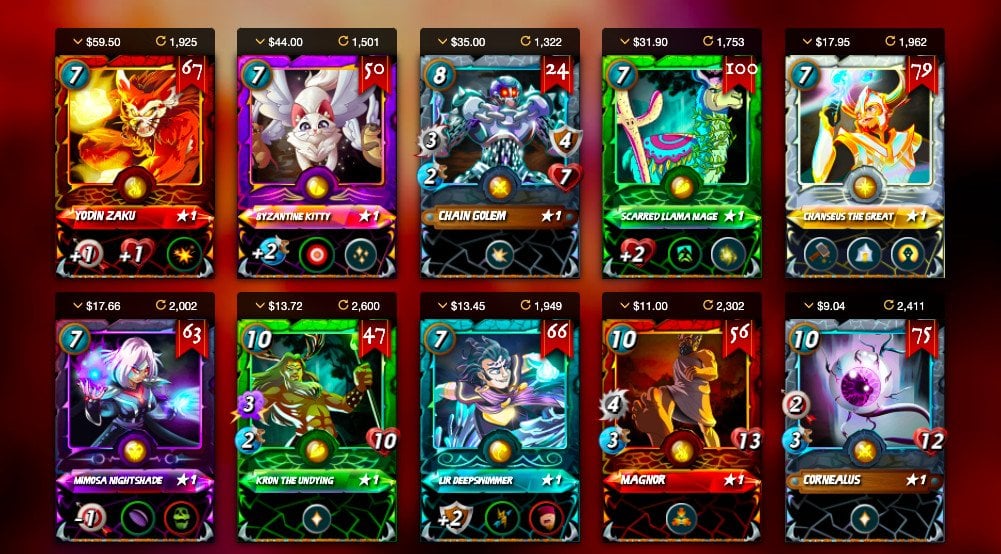The gaming sector started to change with the development of Web3 because the gaming community began to meet with Web3 games.
The change in this sector can be realized easily because there are big differences between traditional (Web2) games and Web3 games. If you are a part of the gaming community and love playing video games, let’s discover these differences with us!

Before comparing Web2 and Web3 games, we should explain the gaming idea in Web2 and Web3 briefly.
What is Web2 gaming?
We think that explaining Web2 gaming is very easy because they are simply video games that can be played via computers and mobile devices.
Sims, Counter-Strike, and Grand Theft Auto are popular Web2 games. A lot of people love playing these games, but some people cannot see the reality behind Web2 gaming.

Web2 games are based on a central authority because they are found on Web2 which is the previous version of the internet (it comes before Web3, and we are now using Web2). Because of the central structure, players cannot decide the future of the games, and all details of these games depend on the decisions of game developers and companies.
In addition to the centralization, players should share their personal information to play traditional games. At that point, the existence of a long list of terms and conditions can be mentioned. People cannot start to play a Web2 game without accepting the list.
When Web2 games are subject, having fun is thought first. We can have a lot of fun by playing traditional games, but what about earning money and investing? There is no investment and gaining revenue in Web2 games.
Therefore, Web2 gaming is a centralized formation that gives the chance to play video games. Via the gaming structure, people can have fun and socialize with other people, but there are some critical issues with privacy, security, monetization, and so on. For these issues, Web3 gaming is developing!

What is Web3 gaming?
You can think that Web3 gaming is the developed version of Web2 gaming in terms of privacy, transparency, monetization, decision-making, and security.
When Web3 gaming is the subject, we can mention the play-to-earn notion and NFT/crypto-based games. Play-to-earn means that you can earn revenue by playing games, and the notion is valid for Web3 games.
For instance, Ember Sword is a popular play-to-earn game, and you can prefer the game for earning by playing. Also, Splinterlands, Alien Worlds, Axie Infinity, Illuvium, and Gods Unchained are play-to-earn Web3 games. By playing these games, you can expand your investment in the crypto/NFT space!
Web3 gaming has a decentralized structure, so players can make decisions about the future of Web3 games. Due to the decentralization, we can say that Web3 games incorporate both players and developers in the decision-making process.
Furthermore, this type of games gives the opportunity of earning crypto and NFTs. As we mentioned above, most Web3 games are based on a play-to-earn mechanism, and this mechanism rewards players with NFT or crypto. Hence, players both have fun and gain money via Web3 games!

Differences between Web2 and Web3 games
As a difference, we must first mention the existence of a central authority. There is no such authority for Web3 games while it is valid for Web2 games. The central authority can make the management of Web2 games easy, but some problems can occur due to the authority.
For example, players do not have a word on traditional games, and everything in Web2 games is not visible to players. On the other hand, there is no centralization in Web3 games, so there is transparency for players and game developers.
Some Web3 games offer decentralized autonomous organizations (DAOs), and players can have the right to speak for the future of these games, thanks to the existence of DAOs. Via DAOs, players get the chance to vote on the future of Web3 games, and they are covered by the governance. However, Web2 games do not present a constitution like a DAO, so the governance system in Web2 gaming does not pay attention to the ideas, feelings, values, and beliefs of players.

In addition to governance and centralization/decentralization, there is a huge difference between Web2 and Web3 games in terms of monetization. Players cannot earn money by playing traditional games while they can earn crypto and NFTs by playing Web3 games. For instance, players can get a crypto or NFT reward by winning a tournament or trading in-game assets in Web3 games. Shortly, Web3 games offer different rewarding mechanisms.
Furthermore, Web2 games do not give ownership to players, but it is opposite in Web3 games. Web3 games involve NFTs and other digital assets as the main elements, and these assets give ownership to players. Players can sell these assets on secondary marketplaces or encounter real-world usages via them because they are the owners of these assets.
Lastly, we can mention the security difference between Web2 and Web3 games. As we mentioned above, you must agree a long list of terms and conditions and share your personal information to play a Web2 game. This circumstance decreases your security while Web3 games do not require the agreement and sharing. Due to the difference, you can be safer when you are playing Web3 games.
Final Thoughts
We cannot underestimate Web2 games because they are full of fun, but we must consider their disadvantages. You can prefer Web2 games for having fun, but you can also prefer Web3 games for expanding your crypto investment and getting ownership in the virtual world.
 Irem B.
Irem B.











